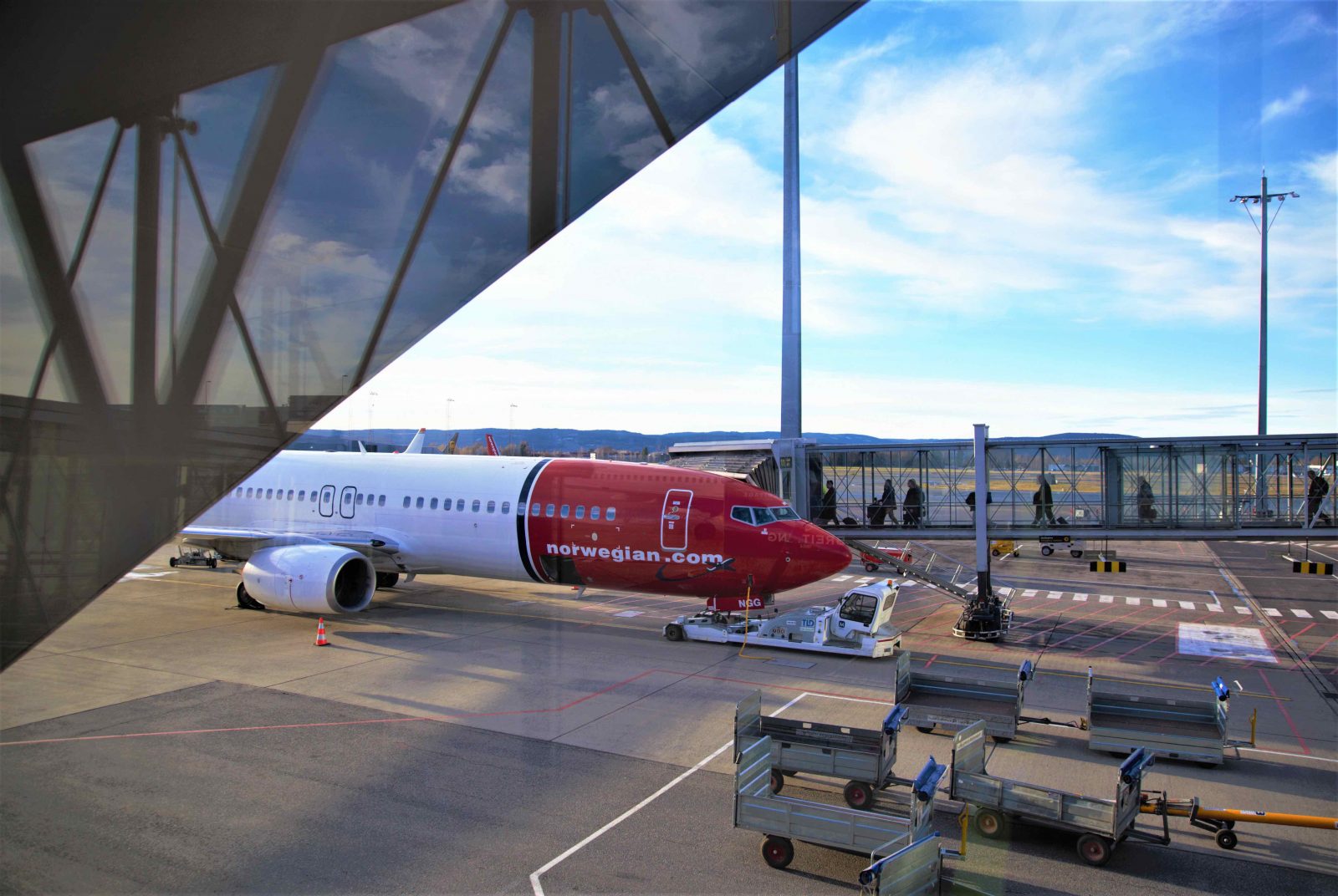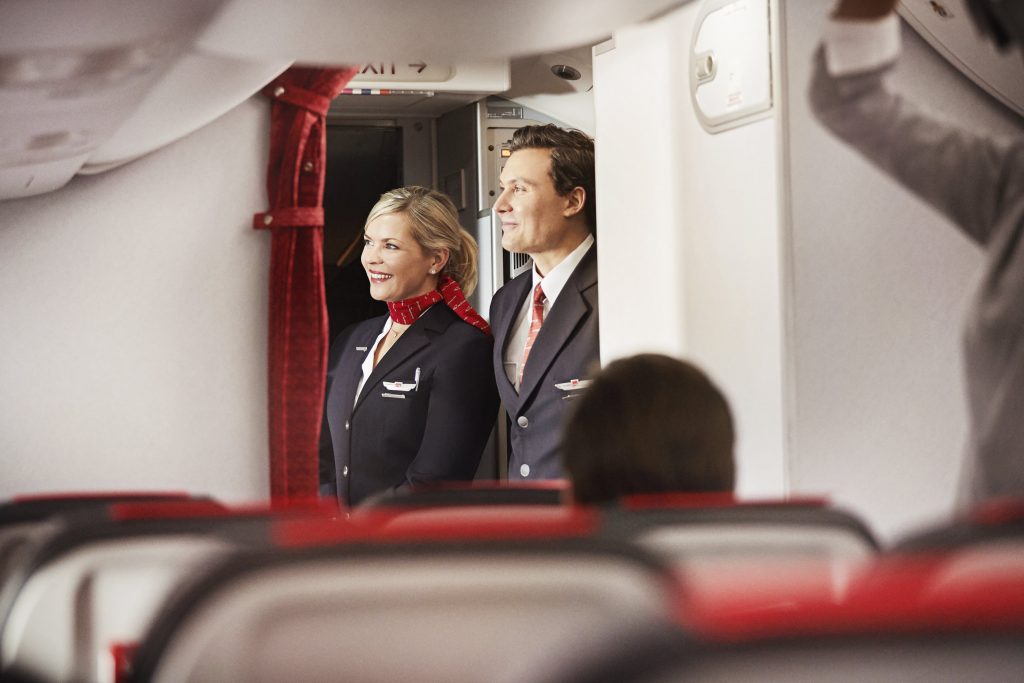
The debt-laden low-cost airline Norwegian said on Wednesday that it had applied for Ireland’s equivalent of bankruptcy protection. The Oslo-based airline said it would seek what is known as ‘examinership’ in Ireland because its complicated company structure that includes wholly-owned subsidiaries Norwegian Air International Limited (NAI), and asset company Arctic Aviation Assets DAC (AAA) are both registered in Ireland.
Jacob Schram, Norwegian’s chief executive explained that the decision had been made to seek a rescue package in Ireland because the Norwegian government refused to grant a second multi-million-dollar bailout for the embattled airline last week. The move effectively admits that the airline has become insolvent.

“Seeking protection to reorganise under Irish law is a decision that we have taken to secure the future of Norwegian for the benefit of our employees, customers and investors,” Schram commented. “Our aim is to find solutions with our stakeholders that will allow us to emerge as a financially stronger and secure airline.”
According to financial consultancy firm Deloitte, the examinership process offers insolvent businesses protection from creditors for up to 100 days. During that time, a company in examinership can “secure investment and put a legally binding scheme of arrangement in place for the settlement of debts with its creditors.”
If a court approves Norwegian’s application for examinership, liquidators would not be able to take enforcement action against the airline.
“Our intent is clear,” Schram said on Wednesday. “We will emerge from this process as a more financially secure and competitive airline, with a new financial structure, a rightsized fleet and improved customer offering.”
The airline believes it has enough cash to get through the examinership process.
Norwegian said last week that it was “now facing a very uncertain future” after Oslo turned down a plea for a second taxpayer-funded bailout. The Norwegian government reasoned that it couldn’t justify the extra expense and that it would not be good for competition to prop up the ailing carrier with more state aid.
In response, Norwegian grounded all but six aircraft and laid-off an additional 1,600 employees. Since the beginning of the COVID-19 crisis, the airline has laid-off around 94 per cent of its entire workforce. The airline will continue to operate a limited number of domestic routes in Norway which are subsidised by the government.
Attempting to allay fears that the airline wasn’t on the brink of collapse, Norwegian said its shares would continue trading as normal on the Oslo stock exchange. Its frequent flyer loyalty programme would also remain open.
Schram slammed the Norwegian government last week for not giving further aid to what he see’s as a local company. In recent years, however, the airline has pursued an aggressive expansion overseas, opening long-haul bases in London and across Europe, as well as in Thailand and the United States.
The airline also launched a domestic airline in Argentina and operated a variety of holding companies and subsidiaries that avoided paying tax in Norway. Many international corporations choose Ireland for their European headquarters because of the country’s attractive tax rates.
Mateusz Maszczynski honed his skills as an international flight attendant at the most prominent airline in the Middle East and has been flying ever since... most recently for a well known European airline. Matt is passionate about the aviation industry and has become an expert in passenger experience and human-centric stories. Always keeping an ear close to the ground, Matt's industry insights, analysis and news coverage is frequently relied upon by some of the biggest names in journalism.







